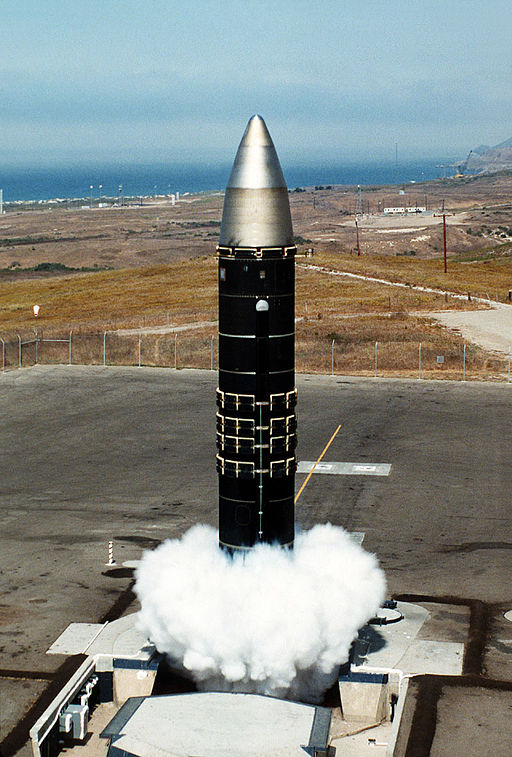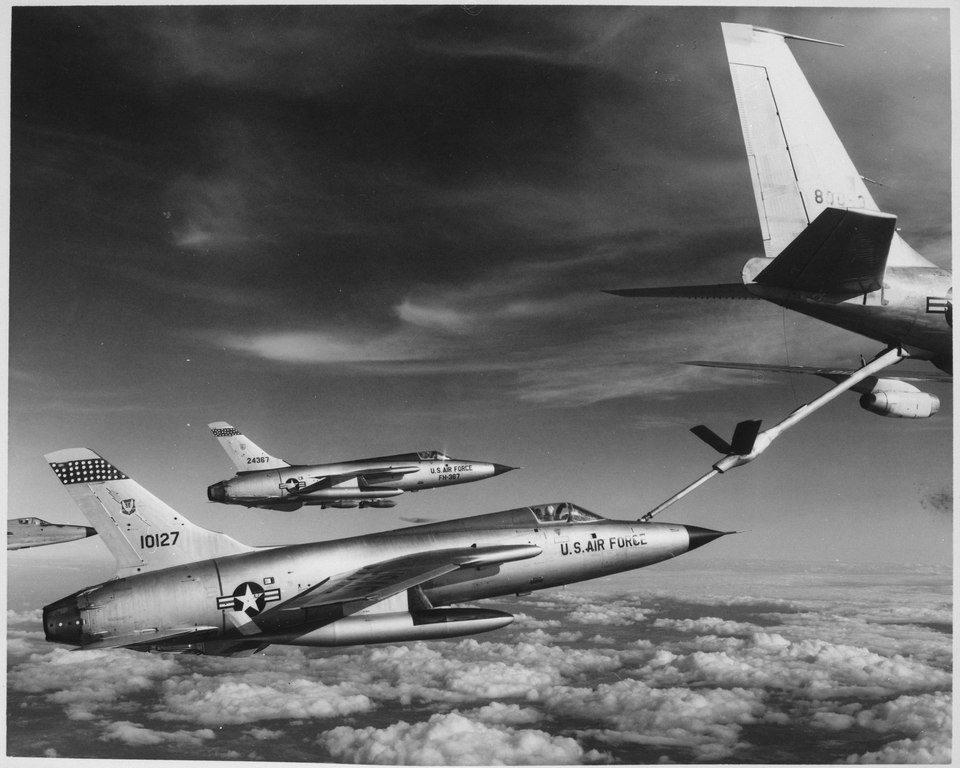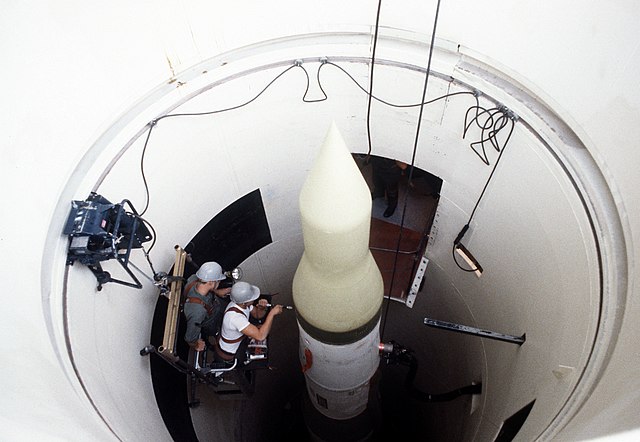The Peacekeeper ICBM, officially designated as the LGM-118A, played a critical role in the United States’ strategic defense program during its service period from 1986 to 2005. In this article, we delve deeper into the technical nuances and official specifications that set this missile system apart in terms of propulsion, guidance, payload, and accuracy.
Propulsion: Superior Thrust and Extended Range
At the heart of the Peacekeeper’s propulsion system was a series of four solid-fueled rocket stages, each contributing to its extended range and immense thrust capabilities.
- First Stage: Developed by Thiokol, this stage utilized an advanced solid motor which featured a segmented design housing a Hydroxyl-terminated polybutadiene (HTPB) propellant, generating a thrust of approximately 2.3 million pounds, and allowing for an impressive speed and range.
- Second Stage: Crafted by Aerojet, the second stage motor continued the propulsion using a similar HTPB propellant, producing around 600,000 pounds of thrust, ensuring sustained momentum as it entered the middle phase of its trajectory.
- Third Stage: Hercules took charge of the third stage, which used another HTPB propelled motor to generate approximately 235,000 pounds of thrust, further maintaining its intercontinental course.
- Post-boost Vehicle: This stage utilized a liquid-fueled propulsion system to make fine adjustments to the payload’s trajectory, ensuring precise targeting during the terminal phase of the flight.
Guidance: Astro-Inertial Navigation and Precision
The Peacekeeper’s guidance system was a feat of engineering at the time, showcasing a combination of innovative technologies for precise navigation.
- Inertial Navigation System (INS): The INS used ring laser gyros and accelerometers to measure changes in velocity and position, feeding data to an onboard digital computer that controlled the missile’s flight path.
- Astro-Inertial Guidance: This system complemented the INS by utilizing a celestial tracker to take star sightings, which allowed for periodic in-flight updates to correct potential errors and enhance accuracy.
This dual guidance setup ensured a Circular Error Probable (CEP) of approximately 120 meters, a significant advancement in missile technology at the time.
Payload: Multi-Warhead Deployment
The Peacekeeper was renowned for its formidable payload configuration, which encompassed:
- MIRVs: It housed up to ten Multiple Independently Targetable Reentry Vehicles (MIRVs), allowing for simultaneous engagement of multiple targets.
- W87 Warheads: Each MIRV carried a W87 thermonuclear warhead, which had a selectable yield feature, allowing for yields of either 300 or 475 kilotons, thus providing substantial flexibility in targeting and destructive capabilities.
Accuracy: A Paradigm of Targeting Precision
Leveraging its sophisticated guidance systems, the Peacekeeper achieved unprecedented levels of accuracy, with official specifications indicating a CEP of just 120 meters. This metric implied that 50% of missiles would land within a 120-meter radius from the intended target, a testament to its precision. Additionally, the reentry vehicles were aerodynamically designed to maintain stability during descent, ensuring controlled trajectories and enhanced accuracy.
Conclusion
The Peacekeeper ICBM served as a vital component in the US’s strategic defense initiatives, setting new benchmarks in propulsion technology, guidance systems, payload capacities, and targeting accuracy. Though retired, its technical sophistication and successful operational run continue to be a subject of study and reference in the evolution of ballistic missile technology, highlighting a period of significant advancements and strategic foresight in the US military landscape.



